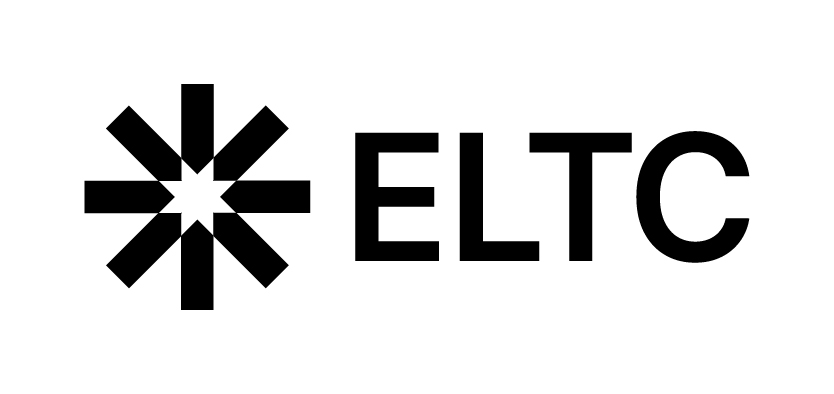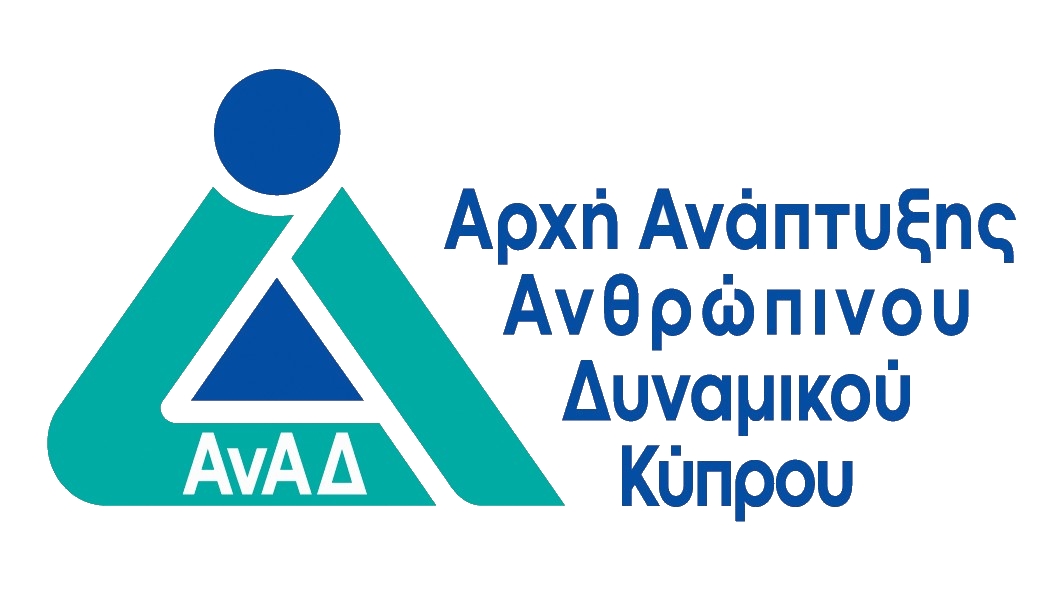
Advanced Taxation & Anti-Avoidance Measures
- Χρηματοοικ. Ασφαλιστικά Τραπεζικά - Λογιστικά/ Έλεγχος/ Φορολογικά - Νομοθεσία, Νομική & Δικηγόροι

ΠΕΡΙΓΡΑΦΗ
This advanced course provides a comprehensive analysis of the EU Anti-Tax Avoidance Directive (ATAD), covering interest limitation, hybrid mismatches, CFC rules, exit taxation, and GAAR. It equips tax professionals, lawyers, accountants, and government staff with the knowledge to interpret, apply, and comply with ATAD provisions across cross-border structures.
The EU Anti-Tax Avoidance Directive (ATAD) has become one of the most influential legislative instruments in modern European tax law, radically reshaping how multinational companies structure, report, and defend their cross-border operations. For Cyprus—a jurisdiction that serves as a strategic base for international tax planning, IP structuring, and investment holding, the implications are direct, far-reaching, and continuously evolving.
This advanced, practice-focused course is specifically designed for Cyprus-based tax professionals, lawyers, accountants, in-house finance teams, and regulatory officials who need to navigate ATAD's complexities not only to stay compliant but to maintain the strategic credibility and integrity of their cross-border tax positions.
As an EU Member State with a globally connected economy, Cyprus has fully implemented ATAD, creating new compliance challenges and exposing aggressive or outdated structures to legal, financial, and reputational risk. International clients now demand robust, substance-based structures, and authorities expect not just compliance, but informed application of ATAD rules.
For tax advisory firms, corporate service providers, financial institutions, legal practices, and public authorities, a deep, working understanding of ATAD is now indispensable.
With increased audit activity, reporting obligations, and ATAD-based reassessments on the rise, Cyprus-based professionals must be prepared not just to apply the law, but to demonstrate informed decision-making and defend tax positions.
This course empowers teams to bridge the gap between theory and practice, combining legal interpretation, policy insight, and practical defence, all within the context of Cyprus’s current regulatory environment.
ΣΕ ΠΟΙΟΥΣ ΑΠΕΥΘΥΝΕΤΑΙ
This course is intended for professionals employed in tax advisory firms, law firms, accounting practices, financial services companies, multinational group structures, and government authorities involved in tax policy, interpretation, compliance, structuring or enforcement of corporate tax legislation. Indicative job roles or responsibilities include:
- Tax consultants and international tax advisers supporting corporate clients
- Lawyers advising on cross-border holding, financing, and restructuring
- Accountants and auditors preparing or reviewing structures subject to ATAD provisions
- In-house finance professionals (tax directors, controllers, compliance managers) in multinational
ΠΕΡΙΣΣΟΤΕΡΕΣ ΠΛΗΡΟΦΟΡΙΕΣ
Course content
UNIT 1: Personal Scope of ATAD – Background, Relevance, and Implementation
- Overview of ATAD's legal basis and policy context: Explanation of ATAD as part of the European Commission’s Anti-Tax Avoidance Package, its roots in OECD BEPS, and its function within EU law under Article 115 TFEU.
- Entities within scope: Identification of corporate taxpayers subject to ATAD rules – typically companies subject to corporate income tax in one or more EU Member States.
- Extraterritorial implications: Discussion on how ATAD applies to EU-based entities with non-EU operations and to non-EU entities with EU permanent establishments or subsidiaries.
- Minimum harmonisation approach: Clarification that ATAD sets minimum standards, allowing Member States to adopt stricter rules or broader scopes (e.g., ATAD-plus initiatives).
- Implementation timeline and challenges:
- Review of transposition deadlines (e.g., ATAD 1 by 1 January 2019, ATAD 2 by 1 January 2020), and discussion of divergent implementation across Member States.
- Interaction with existing national anti-avoidance
UNIT 2: Interest Deductibility Limitation
- Purpose and rationale: Addressing base erosion through excessive interest deductions (BEPS Action 4 alignment).
- General rule under ATAD: Explanation of the fixed ratio rule limiting net interest deductions to 30% of EBITDA or EUR 3 million, whichever is higher.
- Definition and scope of ‘exceeding borrowing costs': Clarification of what constitutes interest and similar costs under the Directive.
- Exclusions and carve-outs: Discussion of the stand-alone entity exemption, group escape clause (equity ratio test), and legacy loans.
- Carry-forward and back provisions: Treatment of unused interest capacity and exceeding borrowing costs across tax years (carry forward/carry-back mechanisms)
- Interaction with national thin capitalisation rules: Review of Member States’ choices to retain or abolish existing thin cap rules and how they may coexist with ATAD provisions.
-
UNIT 3: Exit Taxation
- Policy rationale and alignment with OECD BEPS Project: Ensuring appropriate taxation of unrealised gains where assets or tax residence are moved cross-border.
- Scope of application: Corporate tax consequences of transferring assets, tax residence, or a PE out of the taxing jurisdiction of an EU Member State.
- Valuation and computation of exit tax: Determination of fair market value, exit gain, and tax base at the time of exit.
- Deferral mechanisms: Right to defer exit tax payments over five years for transfers within the EU/EEA under certain conditions.
- Interaction with Double tax treaties and EU law: Analysis of how exit taxes interface with treaty provisions (e.g., Article 13 OECD MTC) and the compatibility with freedom of establishment (ECJ case law).
- Implementation variations and practical challenges: Divergence in national approaches (e.g., scope, valuation methods, security requirements) and practical application for MNEs.
UNIT 4: Hybrid Mismatches – ATAD 1
- Definition and typology of hybrid mismatches: Introduction to hybrid entities and instruments creating double deduction or deduction without inclusion.
- Scope under ATAD 1: Limited to intra-EU mismatches and those involving EU hybrid entities (prior to ATAD 2).
- Legal mechanisms and outcomes: Denial of deduction, inclusion of income, or disallowance of double tax benefits depending on the type of mismatch.
- Primary and defensive rules: Operation of the primary rule in the payer jurisdiction and the defensive rule in the recipient jurisdiction.
- Impact on cross-border structures: Identification of common tax planning structures affected, such as hybrid loans, hybrid PEs, and reverse hybrids.
- Compliance obligations and risk Mitigation: Key documentation requirements, impact assessments for MNEs, and restructuring considerations
UNIT 5: Hybrid Mismatches – ATAD 2
- Expanded scope beyond ATAD 1: Inclusion of third-country mismatches, structured arrangements, and more complex hybrid entities/instruments.
- New categories of mismatches: Inclusion of imported mismatches, dual resident mismatches, and disregarded PE mismatches.
- Detailed rule structure and hierarchy: Explanation of ordering rules for addressing mismatches (e.g., deduction denial before inclusion, or reverse).
- Reverse hybrid rule (2022): Requirements for tax transparency treatment of reverse hybrids in certain collective investment vehicles.
- Anti-avoidance and substance analysis: Application to structured arrangements, including motive tests and benefit assessments.
- Practical implications for MNEs: Necessity of re-evaluating financing structures, hybrid entity use, and substance/location of income.
UNIT 6: Controlled Foreign Company (CFC) Rules
- Objective and policy basis: Preventing profit shifting to low or no-tax jurisdictions (BEPS Action 3 alignment).
- Definition of a CFC under ATAD: Criteria including ownership/control threshold (>50%) and effective tax rate tests (significantly lower than home jurisdiction).
- Types of CFC income: Focus on passive income categories – interest, royalties, dividends, financial leasing, etc.
- Two approaches to taxation: Option A (categorical passive income approach) and Option B (non-genuine arrangements where CFC lacks economic substance).
- Substance and control tests: Evaluation of functions, assets, and risks, and the role of people functions in determining attribution.
- Interaction with double tax treaties and exemptions: Carve-outs for substantive economic activity, EEA CFCs, and credit for foreign taxes.
UNIT 7: General Anti-Abuse Rule (GAAR)
- Purpose and interpretation of GAAR under ATAD: Aimed at denying tax advantages arising from non-genuine arrangements with the main purpose of obtaining a tax benefit.
- Definition of non-genuine arrangements: Arrangements not put in place for valid commercial reasons reflecting economic reality.
- Comparison with national GAARs: How the ATAD GAAR interacts with pre-existing domestic GAAR provisions and EU law standards (e.g., Cadbury Schweppes).
- Relation to specific anti-avoidance rules (SAARs): Role of GAAR as a complementary tool in the anti-avoidance framework.
- Substance-over-form and purpose-based assessment: Use of purposive interpretation and the substance test in identifying abusive arrangements.
- Application in cross-border contexts: Specific challenges in implementing GAAR in multinational structures, with reference to ECJ case law and fundamental freedoms.
Πληροφορίες Εκπαιδευτή
Αναλυτικό Κόστος Σεμιναρίου
Για Δικαιούχους ΑνΑΔ
- € 650.00
- € 420.00
- € 0.00
- € 230.00
- € 230.00
Για μη-Δικαιούχους ΑνΑΔ
- € 650.00
- € 0.00
- € 123.50
- € 650.00
- € 773.50
ΠΡΟΓΡΑΜΜΑ ΣΕΜΙΝΑΡΙΟΥ
Τρίτη - 11 Νοε 2025
Ώρα
15:00 - 18:15
ΕΚΠΑΙΔΕΥΤΗΣ:
Χρίστος ΘεοφίλουΤοποθεσία:
OnLine Virtual Classroom
Τετάρτη - 12 Νοε 2025
Ώρα
15:00 - 18:15
ΕΚΠΑΙΔΕΥΤΗΣ:
Χρίστος ΘεοφίλουΤοποθεσία:
OnLine Virtual Classroom
Τρίτη - 18 Νοε 2025
Ώρα
15:00 - 18:15
ΕΚΠΑΙΔΕΥΤΗΣ:
Χρίστος ΘεοφίλουΤοποθεσία:
OnLine Virtual Classroom
Τετάρτη - 19 Νοε 2025
Ώρα
15:00 - 18:15
ΕΚΠΑΙΔΕΥΤΗΣ:
Χρίστος ΘεοφίλουΤοποθεσία:
OnLine Virtual Classroom
Τρίτη - 25 Νοε 2025
Ώρα
15:00 - 18:15
ΕΚΠΑΙΔΕΥΤΗΣ:
Χρίστος ΘεοφίλουΤοποθεσία:
OnLine Virtual Classroom
Τετάρτη - 26 Νοε 2025
Ώρα
15:00 - 18:15
ΕΚΠΑΙΔΕΥΤΗΣ:
Χρίστος ΘεοφίλουΤοποθεσία:
OnLine Virtual Classroom
Τρίτη - 02 Δεκ 2025
Ώρα
15:00 - 18:15
ΕΚΠΑΙΔΕΥΤΗΣ:
Χρίστος ΘεοφίλουΤοποθεσία:
OnLine Virtual Classroom
 Ελληνικά
Ελληνικά  English
English



 Αγγλικά
Αγγλικά
 21 ώρες
(
7 μέρες
)
21 ώρες
(
7 μέρες
)


























